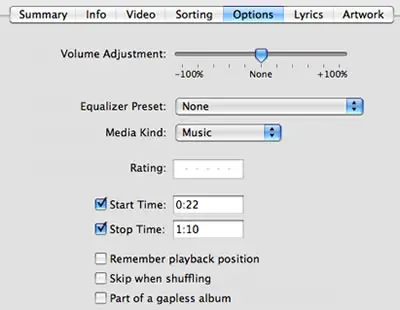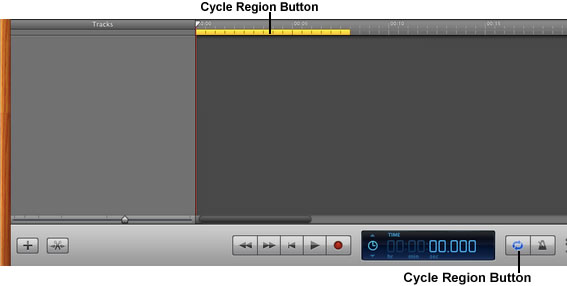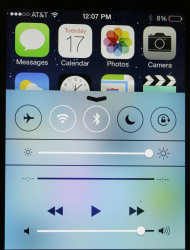(For the record, this is not a review. There will be no review until we have spent some quality time with the final versions of iOS 6, Android 4.1 and Windows Phone 8. This is a look at how these three stack up on paper in 12 key categories.)
Apps
iOS:
650,000 apps. 225,000 for iPad. Still tops as far as smartphone platforms go.
Android:
Android is currently at 600,000 total apps. Most of those will run on tablets, but the number of tablet-optimized offerings is significantly lower than iOS (Google won't give an official number, but a quick run through Google Play makes the situation abundantly clear).
Windows Phone: Windows Phone currently has 100,000 apps available for download, which is considerably less than the other two. And since there's no Windows 8 tablet yet, well...
Maps
iOS: Apple now has a maps service of its very own like Google and Microsoft. Not only does it deliver traffic updates, points of interest, and turn-by-turn navigation (which is well integrated throughout iOS 6), there are 3D maps which both look cool and might be helpful when lost in the middle of a crowded metropolis. But the lack of public transit directions hurts, even if they're offering a third-party API solution. And iPhone users reared on Street View might sorely miss it; Apple hasn't presented an equivalent.
Android:
Google Maps in Jelly Bean will likely be unchanged from what Google showed off a few weeks ago at its dedicated maps event: 3D buildings and offline caching will be added to supplement the top notch combination of search, turn-by-turn navigation, and Street View. Plus, the search giant is going crazy with mapping the insides of notable locales—Compass Mode employs a phone's gyroscope to give you 360-degree interior views—so expect to see more of that over time.
Windows Phone: Windows Phone 7 was a showcase for Microsoft's Bing maps, but the mobile navigation turf will belong to Nokia on Windows Phone 8. The good news is, that means terrific NAVTEQ maps, turn-by-turn navigation, 3D buildings, offline caching, and dynamic routing for public transit. There aren't many bells and whistles here, though, for better or worse.
Browser Sync
iOS:
iCloud Tabs are new in iOS 6, and unify your browsing across all of your iOS and OS X devices. It's not a full cloud browser that offers the same tab view across all devices, but rather a list of tabs tucked behind an icon or sub-menu, along with your bookmarks.
Android:
The Chrome Beta on Android offers tab syncing with your desktop as well, but throws bookmark and search syncing in the bargain. And since there are more desktop Chrome users in the world than any other browser, a lot of people will be taking advantage of this feature.
Windows Phone:
Browser sync is conspicuously absent from Windows Phone, which is odd considering it will run the same version of Internet Explorer that Windows 8 will in the WinRT environment. Then again, with Windows 8 and WP8 both not expected until this fall, there's a lot of time for Microsoft to make this work. Fingers crossed.
Facebook Integration
 iOS:
iOS:
Facebook is integrated throughout iOS 6, which means you can update your status and upload images from various apps (not to mention notification center), sync contacts, and have your Facebook events coordinate with your iOS Calendar. Plus a third-party API is on the way, so all apps can integrate Facebook into their wares.
Android:
Android has always been good for Facebook sharing, and there's no reason for that to change with Jelly Bean. You can share and upload from pretty much anywhere in the OS, or inside most Android apps. Plus you can pull Facebook data for your contacts already stored on your phone, or pull all your Facebook friends into your contacts.
Windows Phone:
Facebook integration has always been one of Windows Phone's selling points, as the platform seamlessly integrates features like status updates, images, Contacts, Chat, and Events into Microsoft's own sections (People, Messaging, Calendar, etc). It's as well-designed as Facebook integration can get.
Voice Commands
iOS:
Siri wasn't amazing in iOS 5, but it worked. In addition to being able to dictate texts and emails, schedule calendar events, and set timers, Siri in iOS 6 has much more promise, given its ability to pull data from even more sources (sports scores, movie times, dinner reservations), in more useful ways. Plus, Siri will be able to interface with car audio and navigation systems once iOS 6 goes live in the fall.
Android:
With Jelly Bean, speech recognition is about to get a big update. Google has always allowed for voice search and dictation across the entire OS, but now it taps into Knowledge Graph and a built-in speech recognizer that will be in future devices. Not only should Android voice recognition improve dramatically, but it will recognize voice input even while offline and, like Siri, can spit back Wolfram-like semantic search results (with or without your voice).
Windows Phone:
Windows Phone also has voice commands, allowing you to place calls, send texts, search the web, and launch an app all from your device. It may not have the depth of Google and Apple's efforts, but it's there.
Mobile Payments
iOS:
Surprise! The iPhone doesn't have NFC, which means Apple doesn't have much to offer in terms of mobile payments. But Passbook is Apple's way in. When it's up and running, it will collect tickets, rewards cards, debit/credit cards and more into a single app relies on both GPS and QR codes to work. It can also deliver updates and notifications for the items you have stored in Passbook (flight updates, expiring deals, etc). It's clearly been designed with NFC payments in mind; we just have to wait a few months until Apple makes it official.
Android:
For the time being, Google Wallet—which includes mobile payments, deals/rewards/offers, and more—remains unchanged. But it is a HUGE question mark for Google. Sprint is still the only official Google Wallet mobile partner (and even they're rumored to be parting ways), MasterCard is the only card company on board, and the number of devices NFC is available on is limited. Google announced new NFC-based features today unrelated to payments; hopefully it's enough to entice hardware partners to include the tech in future devices.
Windows Phone:
With the arrival of Windows Phone 8 will come Wallet, which is Microsoft's full-fledged attempt at, well, a digital wallet. You'll be able to store credit/debit cards and rewards/loyalty cards, not to mention the ability to access deals. But what might set Windows Phone apart from Android and iOS is that it will make use of secure NFC elements stored on SIM cards, which will allow for more flexibility—and security—when it comes to the preferred standards of card companies and mobile carriers (Google Wallet has hit a wall because of resistance to its own built-in secure elements). Save for Apple strong-arming everyone into playing by its rules, this may be the most frictionless way for NFC-based payment technologies to succeed.
Video Chat
iOS:
Apple has FaceTime, which can place calls over 3G or Wi-Fi, and works fairly well. But its also a pretty insular app that only works with other Apple devices.
Android:
Android's Gmail/Google Talk-based video chat system is a bit more universal, considering you can video chat with anybody who has Gmail on a Mac, PC, or Android phone. And yes, you can chat over 3G or Wi-Fi. But Google's ace in the hole, surprisingly enough, might just be its updated Google+ app, which features improved Hangout support and will be available for both Android and, some day soon, iPad.
Windows Phone:
Microsoft's secret voice chat weapon is Skype, which is arguably the most universal standard of them all. There are already proper Skype apps for Macs, PCs, iOS, and Android—and Microsoft owns all of them.
Call Features
iOS:
iOS 6 lets you decline a call with a canned SMS response, filter out calls annoying contacts, and includes a Do Not Disturb toggle, all of which will prove useful for power users.
Android:
Android lets you compose a series of texts you can use as quick auto-replies when declining a call, and also lets you filter out calls from specific people, but it lacks the ability to enter into a Do Not Disturb mode.
Windows Phone
This is another weak point in Windows Phone, as there are no pre-composed texts you can fire off to people you don't want to talk to, nor is there any sort of Do Not Disturb functionality. But there are advanced filtering and call block options for those people you're trying to avoid.
Messaging
iOS:
iMessage is a beta feature with a lot of promise, given its ability to trade messages between phones, tablets and laptops. But it's hardly seamless, and barely reliable, and not exactly intuitive. There's currently no real way to link a phone number and iCloud account of a contact and have texts and iMessages appear in a single thread. Nor do messages always arrive to all your connected devices. And there's no way to instant message with non-Apple users. We have yet to see the final implementation of this cross-device integration, which probably won't be settled until iOS 6 is officially out, but there's definitely some work to be done in this regard.
Android:
With WebOS all but dead, Android has the best native instant messaging platform hands down. Sure it doesn't integrate with AIM or Facebook, but AIM has a foot in the grave anyways, and Gchat is every bit as ubiquitous as Facebook Chat. When you're logged in to Gchat, messages always arrive on all connected devices reliably and quickly. That's more than can be said for iMessages. Plus, Google Voice is well integrated throughout Android, which means text messages sent from your phone or laptop stay perfectly synced.
Windows Phone:
The messaging effort on Windows Phone is solid and well considered, allowing you to seamlessly send texts, Facebook messages, and Skype messages to a given contact from a single window. No, there's no Gchat or AIM, but that's not particularly shocking, given the trend towards walled ecosystems with each platform.
Smarter Icons
iOS:
When it comes to dynamic app icons, Apple is sorely lacking. Sure it has badges that let you know when there are new messages, emails, or notifications, but they don't really tell you anything else. One of the things we'd hoped for was that Apple would smarten up its app icons. Let them change to display information. Unfortunately, Apple is still stuck in the past on this one.
Android:
Android doesn't really do much with app icons either, and that doesn't change with Jelly Bean. But since the App drawer is pushed into the secondary layer of Android, it doesn't matter. Android employs widgets to take on the task of real-time updates, which allows for a fair amount of customization when it comes to getting your mail/weather/calendar updates from your home screen in a quick manner. They can sometimes be messy and unruly, but when properly implemented, are quite useful.
Windows Phone:
Windows Phone 8's Live Tiles are the cream of the crop amongst smartphones. Not only can they display notifications and vital info (such as texts, mail, weather calendar events), but they arrange into a neatly-organized grid that is now bolstered by the ability to break tiles into three different sizes depending on how you want info displayed. Microsoft is way ahead of everyone else in this regard.
Media Streaming
iOS:
iOS 6 has AirPlay, which has been one of the easier, more intuitive implementations of media streaming we've seen so far. You can push music from your computer or iOS device to AirPlay-approved speakers, AirPort Express routers, and Apple TV (which also accepts video and iOS device mirroring, and soon OS X mirroring). And if you're streaming from a computer, you can push to multiple AirPlay devices. But like some of Apple's other features (FaceTime, iMessage), AirPlay doesn't really extend past the Apple product ecosystem. That said, you'll find AirPlay baked into more and more devices with each passing month.
Android
With the introduction of the $300 Nexus Q, Google just provided its own streaming standard for Android-based devices. The hubs will be able to take audio and video streams, and spit them out to televisions and speakers (powered by the Q's 25-watt amplifier). Plus you can link hubs together for more robust multi-zone streaming than what Apple offers. Think of it as Sonos for Android, complete with the modest sticker shock.
Windows Phone
Windows Phone will have SmartGlass to serve as its media streaming portal to the Xbox. Though built directly on top of DLNA streaming standards, the app simplfies and visualizes the process of pushing content back and forth between the Xbox and Windows 8/Windows Phone 8 devices. Plus, SmartGlass can beam supplimentary content to your device while watching a TV show, such as Game of Thrones. Toss in the possibilities for gaming and support for Windows, Android, and iOs, and you have yourself a very intriguing streaming platform.
Read More - Click Here!

 - One of the most overlooked but vital apps you'll want to download is a good browser, and Google Chrome is one of the best! Your iPhone didn't come with it out of the box, and inexplicably, your Android phone probably didn't either!
- One of the most overlooked but vital apps you'll want to download is a good browser, and Google Chrome is one of the best! Your iPhone didn't come with it out of the box, and inexplicably, your Android phone probably didn't either!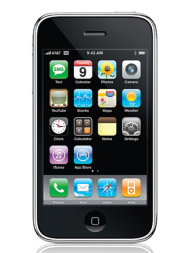 (Marianne Magno Fitness Magizine) Use your smartphone to simplify your life. These 10 apps will help you stay organized to help tackle even your busiest days.
(Marianne Magno Fitness Magizine) Use your smartphone to simplify your life. These 10 apps will help you stay organized to help tackle even your busiest days.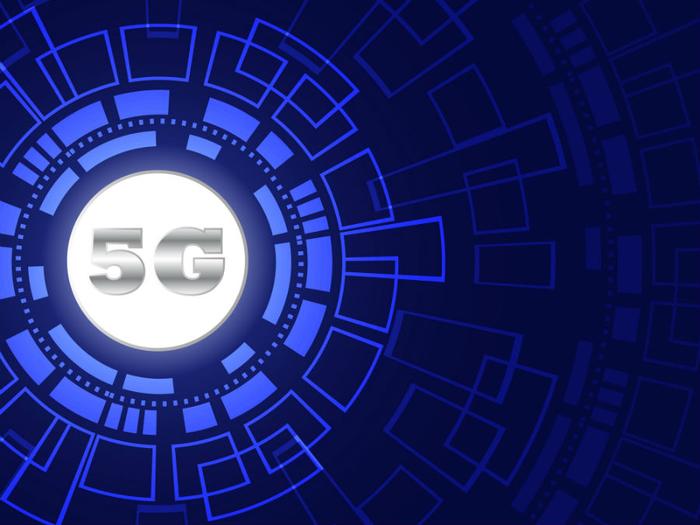 National security officials working in President Donald Trump’s administration are reportedly considering building an ultrafast, nationwide 5G network within the next three years. Officials say the move would protect the country’s wireless systems from Chinese spying and economic threats.
National security officials working in President Donald Trump’s administration are reportedly considering building an ultrafast, nationwide 5G network within the next three years. Officials say the move would protect the country’s wireless systems from Chinese spying and economic threats.
 Fairfax County, Va., communications center (FHWA photo by Tracy Shelton)
Fairfax County, Va., communications center (FHWA photo by Tracy Shelton) The tried and true system of paying for mobile services by voice minutes appears to be going by the wayside.
The tried and true system of paying for mobile services by voice minutes appears to be going by the wayside. 
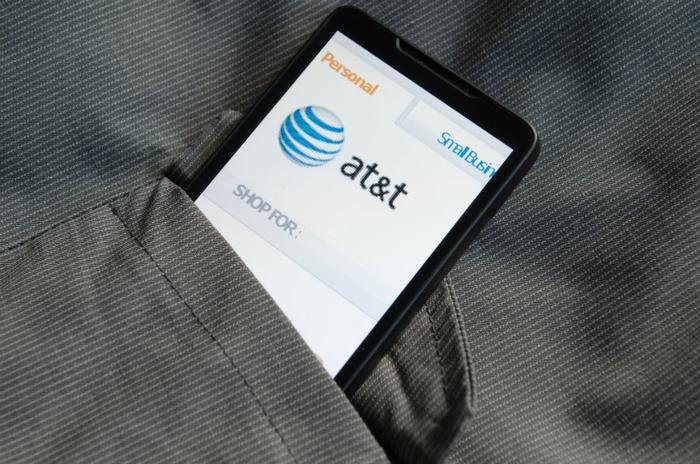 Telecom giant AT&T is moving ahead with plans to develop its 5G wireless network, but company CEO Randall Stephenson says the first device to connect to the super high-speed network won't be a smartphone.
Telecom giant AT&T is moving ahead with plans to develop its 5G wireless network, but company CEO Randall Stephenson says the first device to connect to the super high-speed network won't be a smartphone.






 Apps to Delete
Apps to Delete I’m not going to mention a specific online store because I don’t want to be sued into oblivion, but I found several ads for “free” Smart Phones with free shipping, plus a free service pack that included a car charger (19.95 value) and a screen protector (9.95 value).
I’m not going to mention a specific online store because I don’t want to be sued into oblivion, but I found several ads for “free” Smart Phones with free shipping, plus a free service pack that included a car charger (19.95 value) and a screen protector (9.95 value).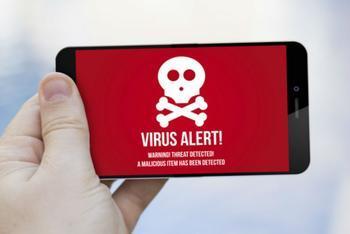 (
(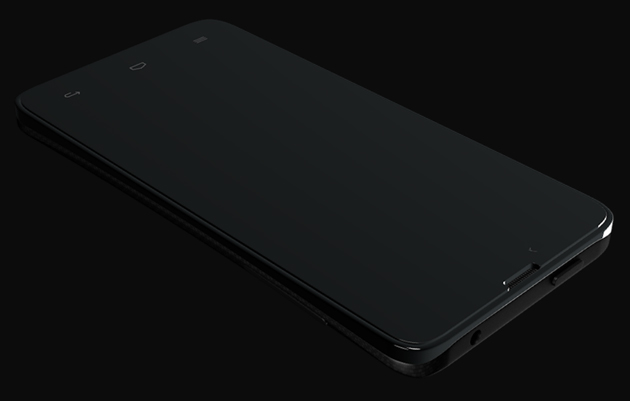


 (
( (Mark Huffman @ ConsumerAffairs) If you haven't checked your cellphone bill in a while, perhaps you should. The four major cellphone providers have stepped up their competition with each other in recent weeks. When that happens it's almost always good for consumers.
(Mark Huffman @ ConsumerAffairs) If you haven't checked your cellphone bill in a while, perhaps you should. The four major cellphone providers have stepped up their competition with each other in recent weeks. When that happens it's almost always good for consumers. (Jim Hood @ ConsumerAffairs) Meeting consumer expectations isn't easy but wireless carriers are having a paticularly hard time of it, according to a new
(Jim Hood @ ConsumerAffairs) Meeting consumer expectations isn't easy but wireless carriers are having a paticularly hard time of it, according to a new 
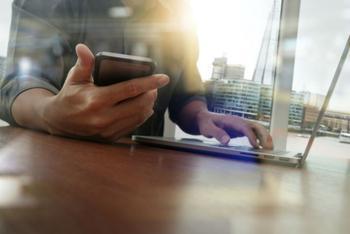 (
( Cramming
Cramming Available settings may vary depending upon account type.
Available settings may vary depending upon account type. located at the bottom).
located at the bottom). located in the lower-right).
located in the lower-right). Enabled when a check mark
Enabled when a check mark 

 Enlarge Image
Enlarge Image


 (
( One example--be wary about changing the security settings on your phone once it’s purchased, as altering the default settings may dramatically diminish the phone's ability to block hackers and secure your personal data.
One example--be wary about changing the security settings on your phone once it’s purchased, as altering the default settings may dramatically diminish the phone's ability to block hackers and secure your personal data.
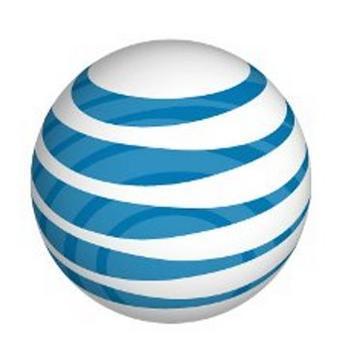 (
( Google has unveiled an update to Android's Chrome Data Saver feature. Rolling out first in India and Indonesia, it can potentially save users 70 percent of their
Google has unveiled an update to Android's Chrome Data Saver feature. Rolling out first in India and Indonesia, it can potentially save users 70 percent of their  Google is working with recently acquired Motorola on a handset codenamed "X-phone", aimed at grabbing market share from Apple and Samsung, the Wall Street Journal said, citing people familiar with the matter.
Google is working with recently acquired Motorola on a handset codenamed "X-phone", aimed at grabbing market share from Apple and Samsung, the Wall Street Journal said, citing people familiar with the matter. (
(
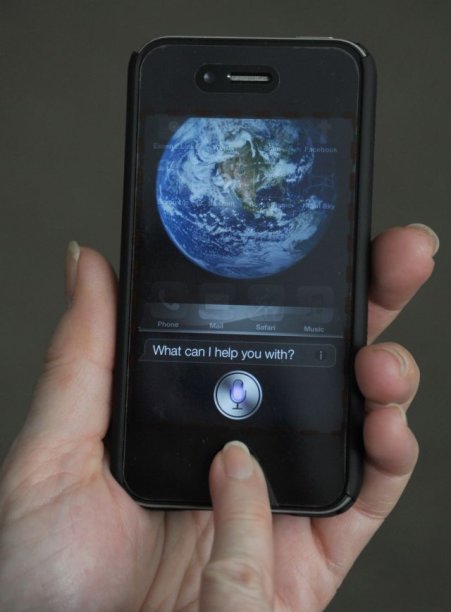 Google
Google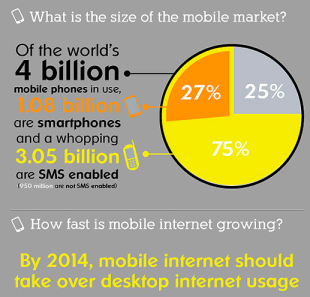 How to Make Money in the $4 Billion Mobile Market
How to Make Money in the $4 Billion Mobile Market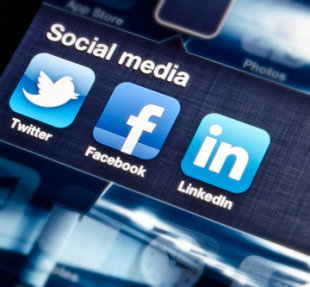 How to Make Money in the $4 Billion Mobile Market
How to Make Money in the $4 Billion Mobile Market (
(



 (Ask Maggie, CNET) First, I want to clarify something. Your parents do not need to get a Share Everything Plan from Verizon Wireless if they do not wish to get a smartphone. If they decide to stay with regular feature phones and they are new subscribers to Verizon, there are the traditional post-paid service options available. They could also consider pay-as-you-go service or special senior citizen services.
(Ask Maggie, CNET) First, I want to clarify something. Your parents do not need to get a Share Everything Plan from Verizon Wireless if they do not wish to get a smartphone. If they decide to stay with regular feature phones and they are new subscribers to Verizon, there are the traditional post-paid service options available. They could also consider pay-as-you-go service or special senior citizen services.
 Data plans for smartphones are not what they used to be. As more consumers operate apps, games and videos from their iPhones, Androids and other handheld devices, cellular carriers are raising data prices and at times restricting what heavy users can do on their networks.
Data plans for smartphones are not what they used to be. As more consumers operate apps, games and videos from their iPhones, Androids and other handheld devices, cellular carriers are raising data prices and at times restricting what heavy users can do on their networks.
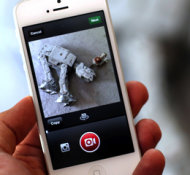
 While prepaid smartphones are not for everybody, the opportunity to purchase an iPhone or any other state-of-the-art device without a long-term carrier contract is an attractive value proposition for many consumers.
While prepaid smartphones are not for everybody, the opportunity to purchase an iPhone or any other state-of-the-art device without a long-term carrier contract is an attractive value proposition for many consumers. (Josh Smith @ GottaBeMobile) The Samsung Galaxy S3 is packed full of hidden features that deliver a premium experience.
(Josh Smith @ GottaBeMobile) The Samsung Galaxy S3 is packed full of hidden features that deliver a premium experience.





 (
( Photo credit: Apple
Photo credit: Apple (Mark Huffman @ ConsumerAffairs) Security experts are constantly telling us that we should have some kind of software protection for our mobile devices. Hackers and scammers are increasingly targeting the mobile world because it's a huge and growing target and it's mostly unprotected.
(Mark Huffman @ ConsumerAffairs) Security experts are constantly telling us that we should have some kind of software protection for our mobile devices. Hackers and scammers are increasingly targeting the mobile world because it's a huge and growing target and it's mostly unprotected. McAfee
McAfee

 (
(
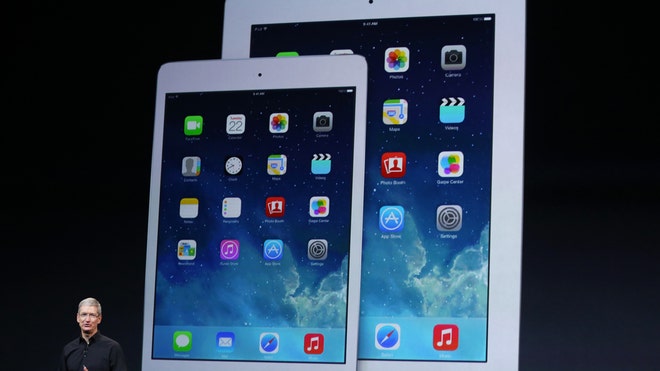

 Sending text messages is old-fashioned, expensive and very, very popular. Those three ingredients are combining to produce cheaper – even free – ways to do it.
Sending text messages is old-fashioned, expensive and very, very popular. Those three ingredients are combining to produce cheaper – even free – ways to do it.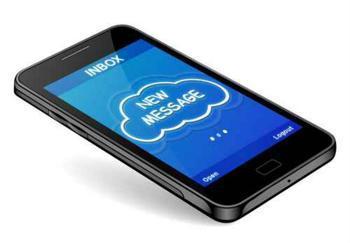 (
( If you don't want to know the details, that's fine, but don't stop reading quite yet. It's very important that you
If you don't want to know the details, that's fine, but don't stop reading quite yet. It's very important that you  While smartphones are one of the hottest tech products on the planet, it's hard to deny the fact good 'ol fashioned landlines have their distinct advantages.
While smartphones are one of the hottest tech products on the planet, it's hard to deny the fact good 'ol fashioned landlines have their distinct advantages.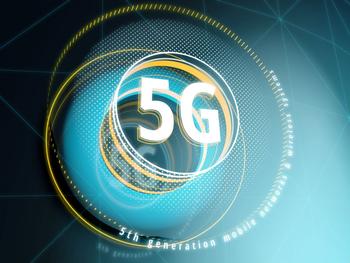 The race to make your current wifi network completely obsolete is now underway.
The race to make your current wifi network completely obsolete is now underway.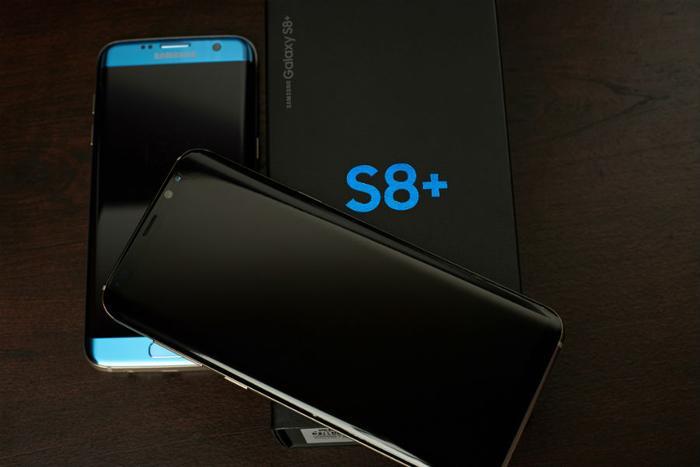 Despite sky-high sales, Samsung has
Despite sky-high sales, Samsung has 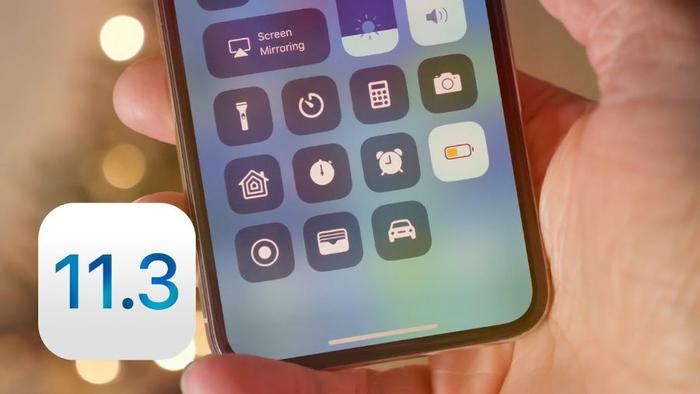 (
(
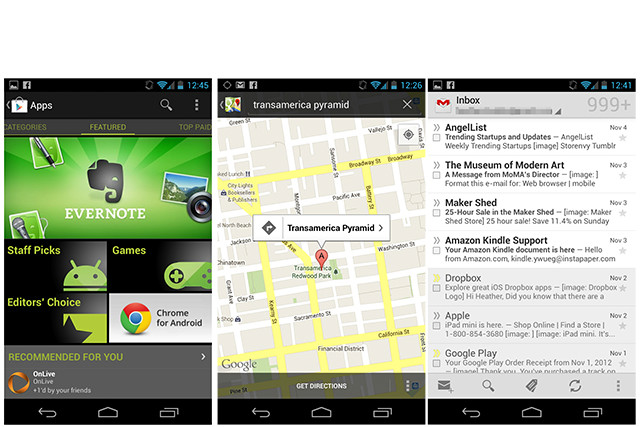
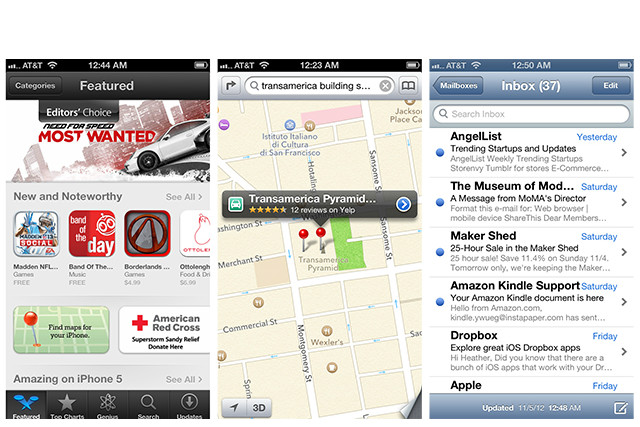
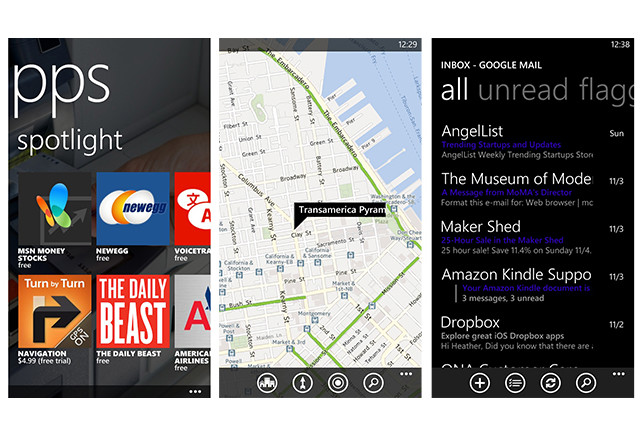
 Wonder why your smartphone battery runs down, even when you aren't using the device? Chances are, it's not getting enough sleep.
Wonder why your smartphone battery runs down, even when you aren't using the device? Chances are, it's not getting enough sleep.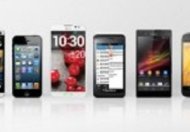 (Jeff Francis @ Business2Community) Why Do Employees Want BYOD Anyway?feelings on this transition, what should you as an organization think about it? And why, in general, is this happening?
(Jeff Francis @ Business2Community) Why Do Employees Want BYOD Anyway?feelings on this transition, what should you as an organization think about it? And why, in general, is this happening? (
( (Edward Wyatt NY Times) Cellphone companies must allow customers of competing wireless carriers to use their networks for the Internet and e-mail when outside their home territory, a federal appeals court said here on Tuesday.
(Edward Wyatt NY Times) Cellphone companies must allow customers of competing wireless carriers to use their networks for the Internet and e-mail when outside their home territory, a federal appeals court said here on Tuesday.